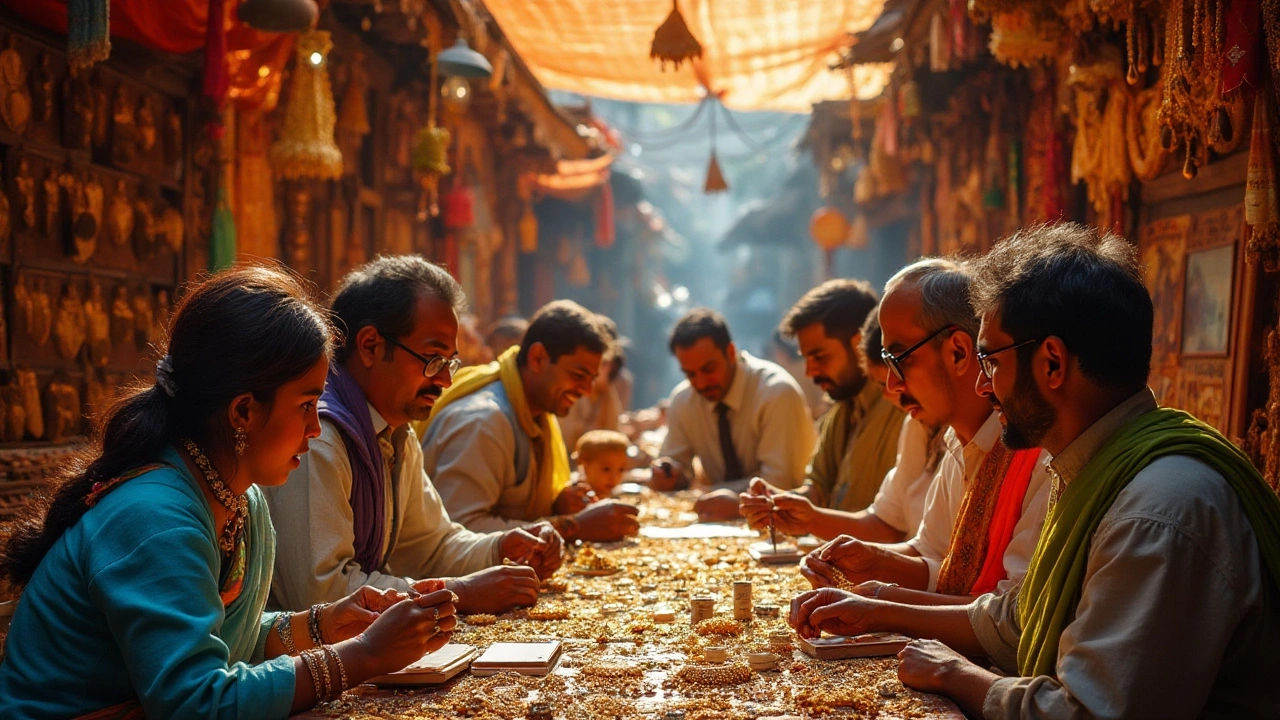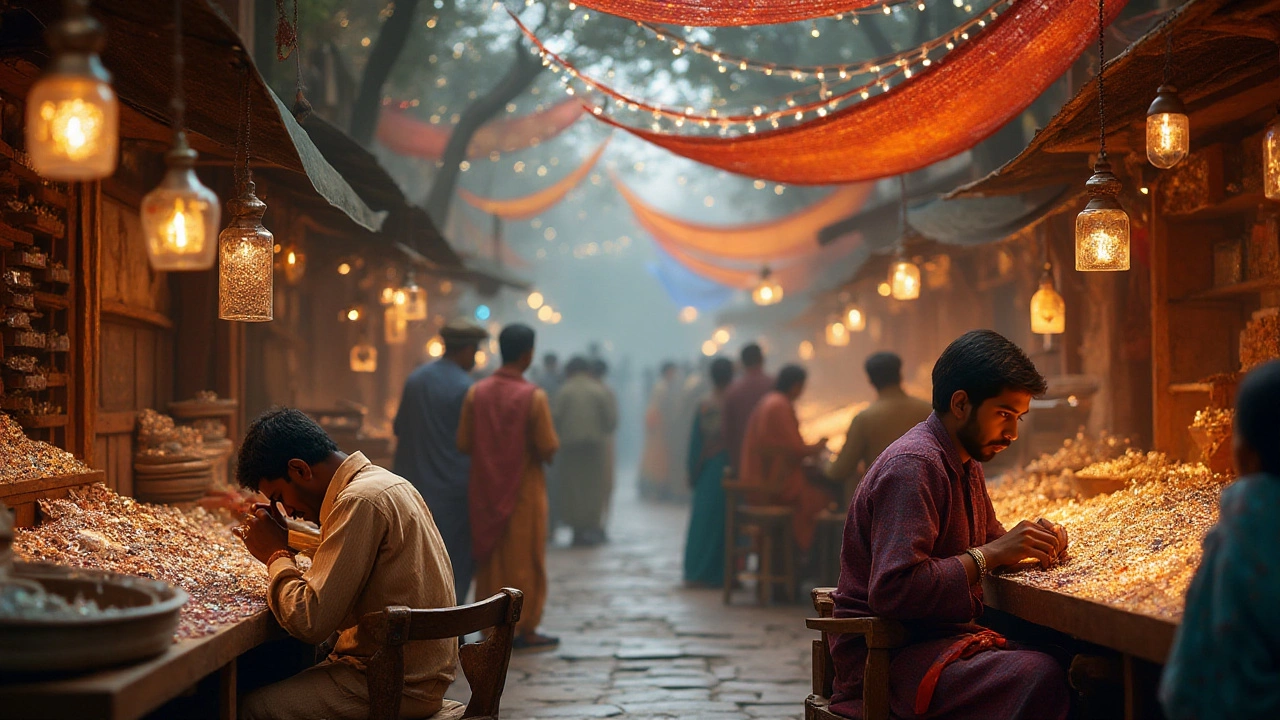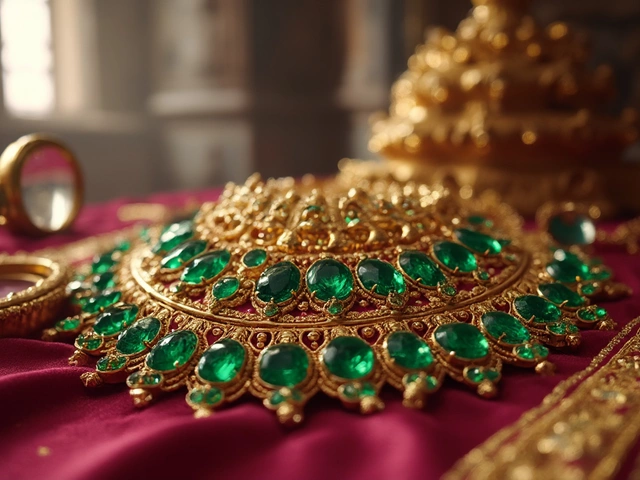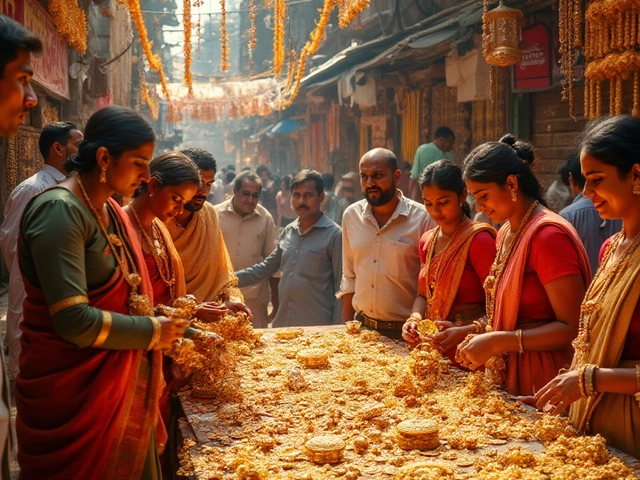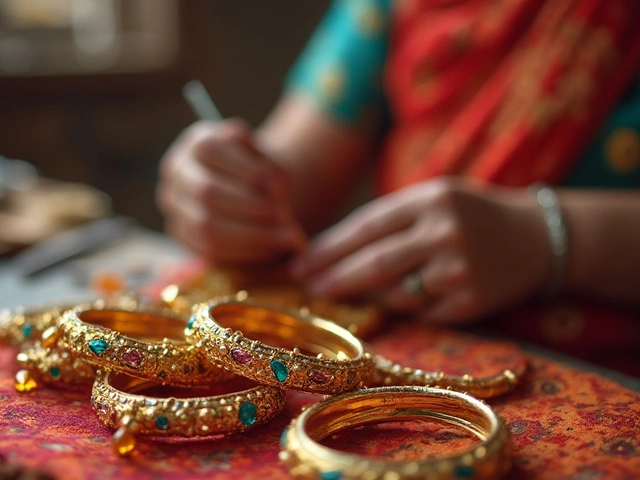Jewelry Market Guide: Trends, Tips & Value Insights
Ever wonder why some jewellery pieces hold their price while others lose sparkle? The Indian jewelry market is a mix of tradition, modern design, and smart investing. Below you’ll get quick facts, practical buying tricks, and a look at the hot spots that make the market tick.
Top Indian Cities for Jewelry Shopping
India isn’t one giant marketplace – each city has its own speciality. Jaipur, the Pink City, is famous for gold and traditional Kundan work. Surat dominates the diamond trade; you’ll find the best cuts and lower prices there. In Hyderabad, pearls rule, especially high‑quality freshwater ones. Mumbai offers a blend of contemporary designs and luxury brands, while Kolkata’s gold market is known for intricate filigree work. When you visit any of these places, ask locals about hallmark stamps and negotiate on the spot – it’s part of the culture and can save you money.
How to Spot Value and Avoid Fakes
Fake jewellery looks convincing, but a few quick checks separate real from cheap:
- Hallmark test: Look for the BIS (Bureau of Indian Standards) stamp on gold. The numbers 875 mean 21‑karat gold; 916 means pure gold.
- Magnet test: Pure gold and silver aren’t magnetic. If a piece sticks, it’s likely plated.
- Weight check: Gold feels heavier than its look suggests. Compare a piece to a known genuine item.
- Stone clarity: Genuine diamonds show clear facets. Check for cloudiness or bubbles, which signal glass or cubic zirconia.
Knowing these basics saves you from overpaying and gives confidence whether you shop online or in a bazaar.
Another smart move is to think about resale value. Brands with a strong reputation, such as those that use certified diamonds or solid gold, tend to keep value better. Vintage pieces with a clear provenance also do well in the resale market. If you’re looking to invest, focus on gold, certified diamonds, and well‑known designers. Avoid trends that fade quickly – a classic gold chain or a timeless diamond pendant will outlast a seasonal fashion piece.
Timing matters too. Gold prices often dip in certain months; many experts suggest buying in February or September when demand is lower. Keep an eye on the market news and plan purchases around these windows to stretch your budget.
Finally, consider the cultural side. Black bangles, mangalsutra beads, and nose studs each carry meanings that can affect desirability. For example, black beads in a mangalsutra are believed to protect against evil, and they’re increasingly featured in modern designs. Understanding the story behind a piece can help you choose something you’ll love and that others will value.
Whether you’re a first‑time buyer or a seasoned collector, the Indian jewelry market offers something for everyone. Use these tips, explore the regional hubs, and stay curious about hallmark stamps and material quality. That’s how you turn a pretty accessory into a smart purchase.
Mastering the Art of Antique Jewelry Selling: Tips and Insights
Navigating the antique jewelry market can be both exciting and daunting. Key strategies include understanding current market trends, recognizing popular periods and styles, and knowing how to evaluate pieces for value and authenticity. Successful sellers also need insights into effective pricing strategies and marketing techniques. With the right knowledge, anyone can tap into the lucrative world of antique jewelry.
Comparing Diamond Prices: India vs USA
When it comes to buying diamonds, understanding the price differences between India and the USA can save you a significant amount. This article explores the factors that affect diamond pricing in these two countries, such as local market dynamics, import duties, and craftsmanship. Additionally, we explore some tips on how to make the best purchase decision depending on where you are located. Knowing the advantages and disadvantages of each market will empower consumers to make informed choices.
